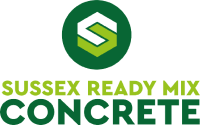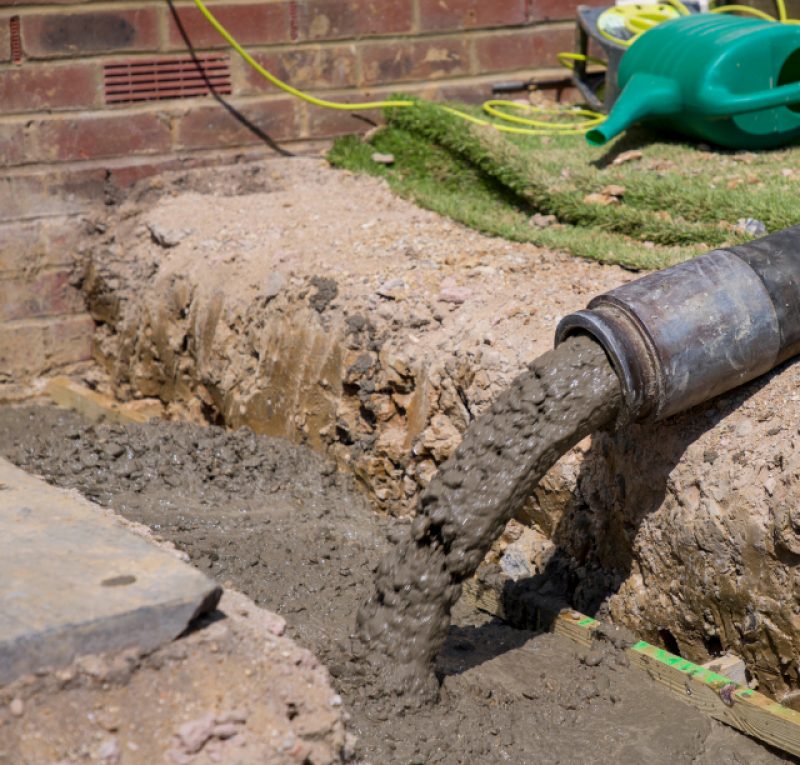What is the difference between concrete and screed?
Screed and concrete are two construction materials which, upon first glance, appear very similar. However, the two have vastly different properties and understanding their differences is vital when undertaking any construction project involving one or both. The team at Sussex Ready Mix Concrete is here to help you differentiate between the two.

What is screed?
Screed is used as a thin, finishing layer for concrete subfloors. This creates an even surface ready for the application of floor coverings like tiles or carpet. It is a specialised type of concrete which must be mixed by professionals to exact specifications; if the ratio is incorrect, it could lead to a weak flooring layer prone to cracking. It is meant as a base to prolong the longevity of the flooring, and can not be used as a stand-alone surface. There are three different types of screed:
- Bonded – this screed is bonded directly to the base with an adhesive agent. The optimum thickness is 25-40mm and it is ideal for locations where heavy loading is expected.
- Unbonded – this is laid on top of a PVC or damp-proof membrane to separate it from the concrete layer. It’s a good choice for buildings prone to damp and comprises a thickness of over 50mm.
- Floating – primarily applied as an insulation material, this type of screed is mainly used in buildings where underfloor heating is present. It eliminates drafts and protects pipes from freezing; as such, it is typically 65-75mm thick.
How are concrete and screed used differently?
Concrete and screed comprise the same key components: cement, water and aggregate. The main way they differ is by which type of aggregate is used; screed uses fine whereas concrete incorporates coarse aggregate. Concrete is synonymous with high-compressive strength and this is largely due to the size of the aggregates used. As a construction material, it is used to provide durability and stability. This contrasts with screed which, due to the fineness of aggregates used, is mainly used as a finishing material for floors. Screed can typically only be used in interior spaces as it lacks the imperishability of concrete.
Do concrete and screed look different?
To the untrained eye, screed and concrete look incredibly similar. However, they are easily discernible upon closer inspection, especially if they are still in liquid form. Concrete is made of more coarse aggregates which contribute to a rougher texture. Larger aggregates will still be present in the final mix and some of these can even reach sizes of 20mm. By contrast, screed uses much finer aggregates so consequently has a much smoother texture.
What are the methods of application?
Due to its fine quality, screed can be applied very easily with basic equipment; most often a trowel will be able to lay down the material evenly. This contrasts sharply with concrete, which requires specialised equipment to mix and apply due to its coarseness. Concrete must always be handled by a professional to guarantee a safe and high-quality application.
Sussex Ready Mix Concrete are your local, family-run concrete provider. Sussex Ready Mix Concrete is based in Wivelsfield, but offer concrete contractor services to customers in Haywards Heath, Brighton, Worthing, East Grinstead, Lancing, Uckfield & beyond. Our knowledgeable team can create floor screed and bespoke concrete mixes suitable for each individual project.
To obtain a free quote or discuss the needs of your project with a professional, contact us today.









